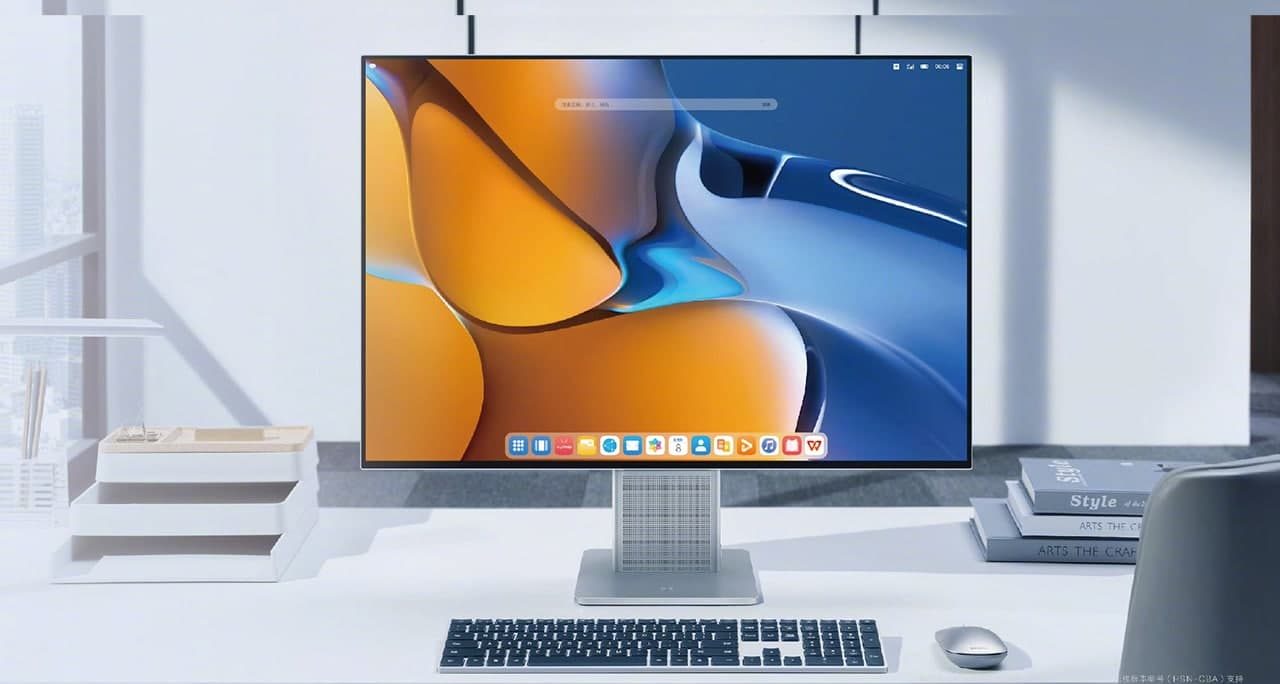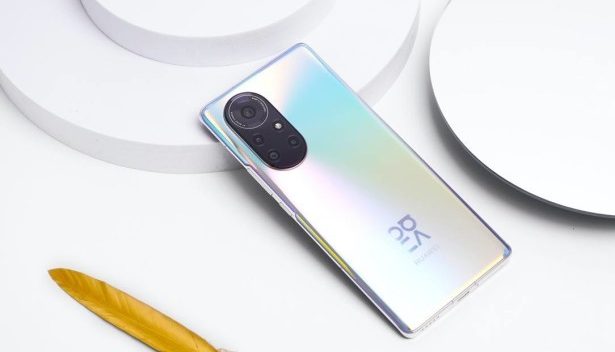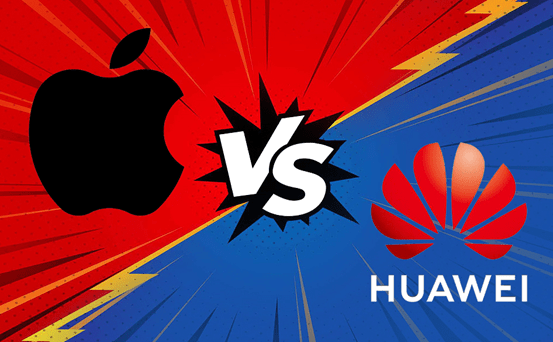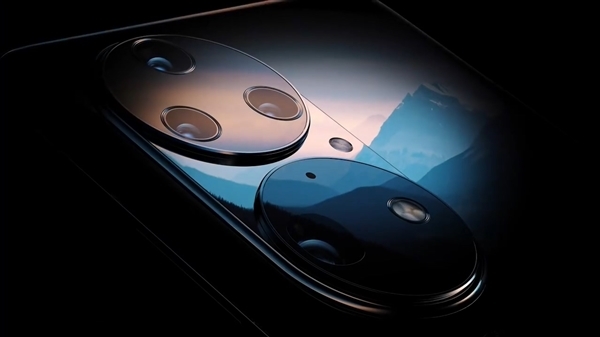Here is something you need to know about Huawei MateView
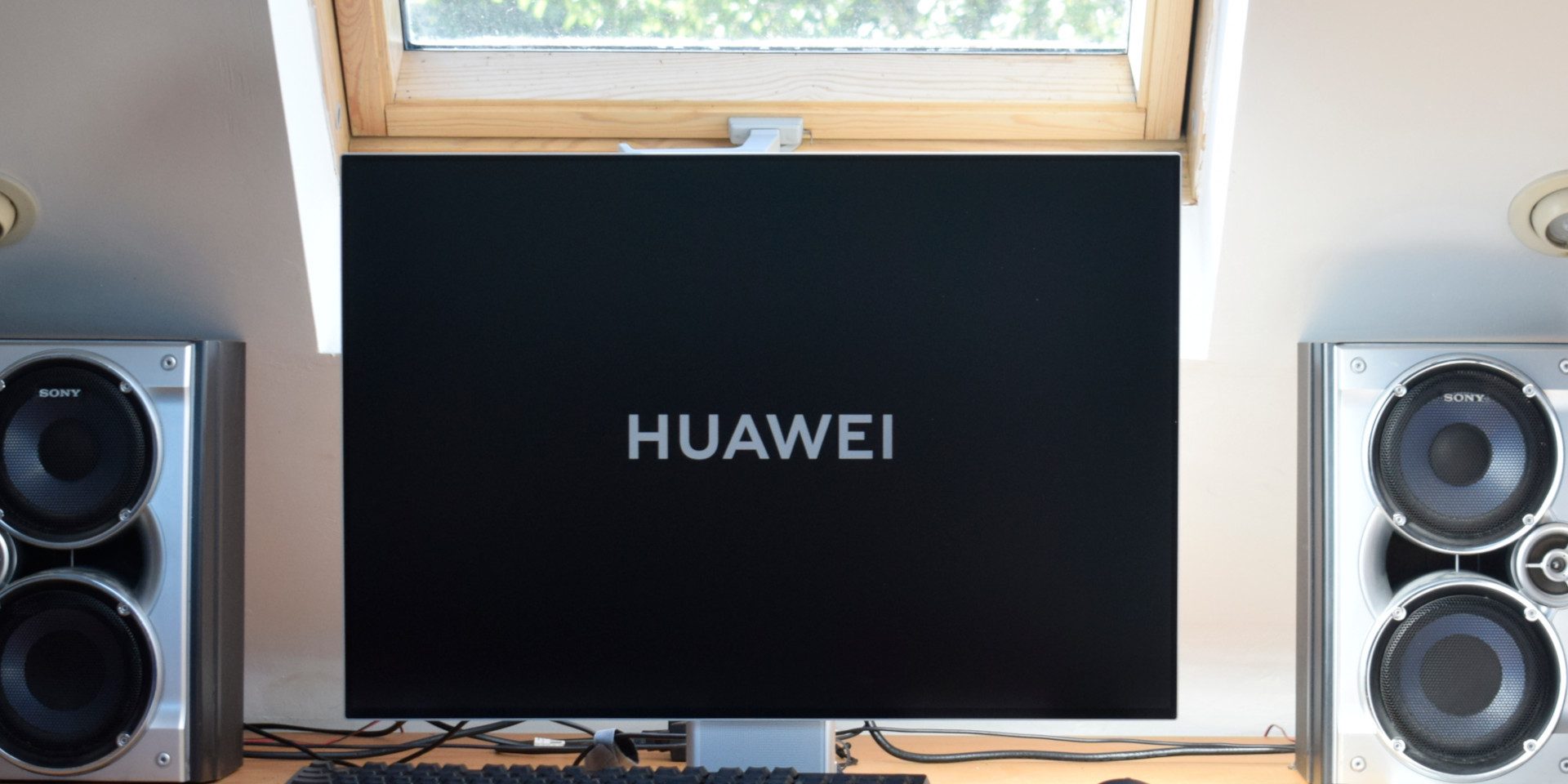
Huawei MateView offers a 4K+ 3,840 x 2,560 resolution, DCI-P3 color space, and VESA DisplayHDR 400 certification — positioning itself as a potentially solid choice for creative and professional types alike. Without FreeSync, a high refresh rate, or low response time to brag about, the MateView definitely isn’t targeting the gaming market here. For that Huawei has a dedicated MateView GT model instead.
Huawei notes that each monitor is factory calibrated for color accuracy, which we’ll put to the test later in our review. The monitor also boasts a 3:2 aspect ratio and a large 28.2-inch screen, making it well suited to working on big projects.
Huawei’s MateView we tested comes with built-in wireless display capabilities. Even without wireless support, you are well covered with USB-C, HDMI, and MiniDP connectivity. Huawei includes a 135W charging brick in the box, along with a USB-C to USB-C cable, and a DisplayPort to MiniDP cable. You’ll have to bring your own cable if you’re still planning to use HDMI.
1.The design and stand
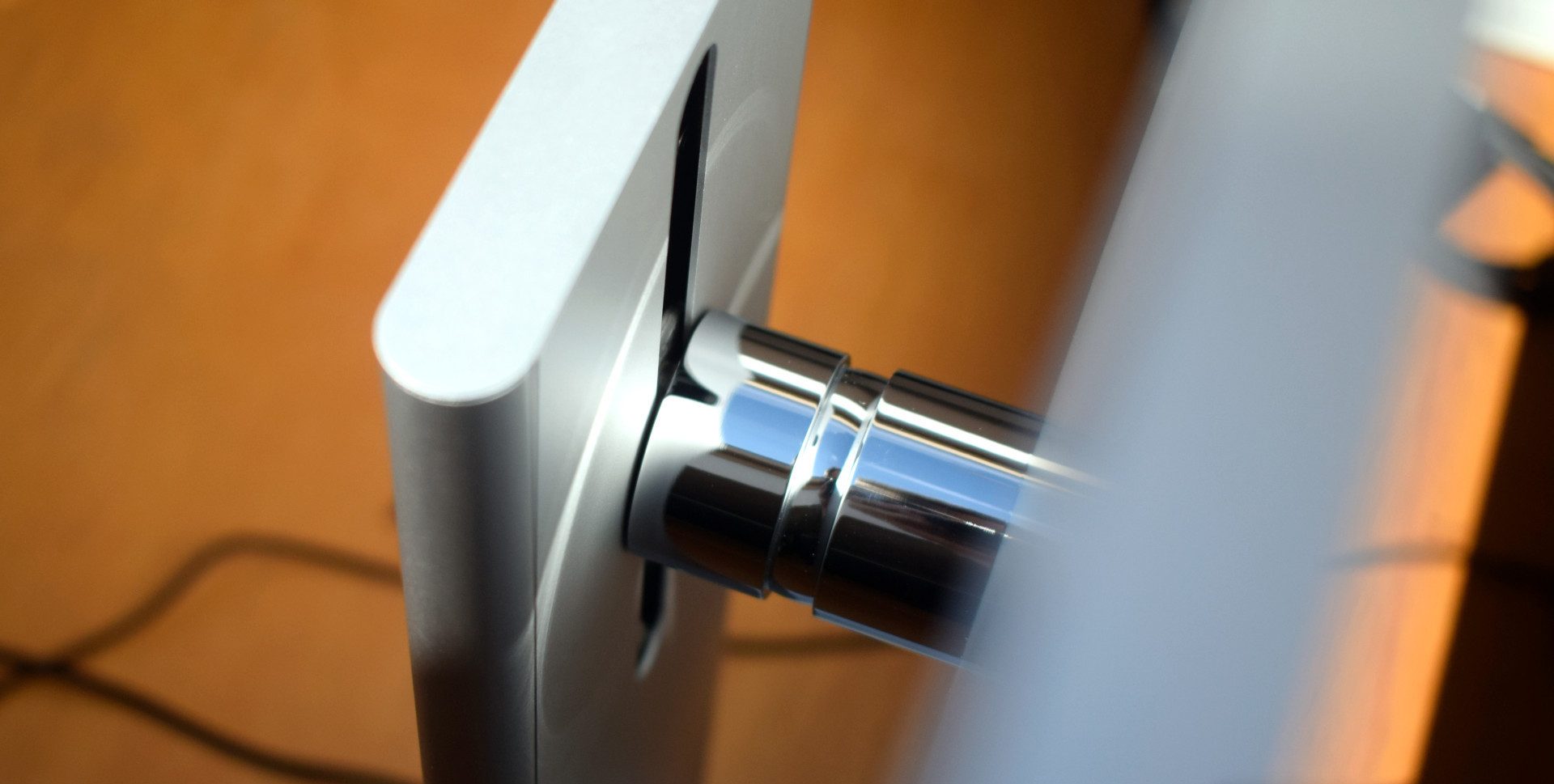
There’s no denying that the Huawei MateView is an incredibly good-looking monitor. And it’s well built too, with a silver finish applied to the slim aluminum alloy. The 94% screen-to-body ratio and slim bezels make the most of the large display and there’s plenty of screen real estate on offer for professionals thanks to the 3:2 aspect ratio.
The sturdy base integrates NFC connectivity, enabling wireless projection capabilities on compatible Huawei smartphones. The twin 5W speakers and dual microphones are built into the stand, although the thin design ultimately leaves the speakers lacking bass response. They’re definitely not going to please music and film lovers.
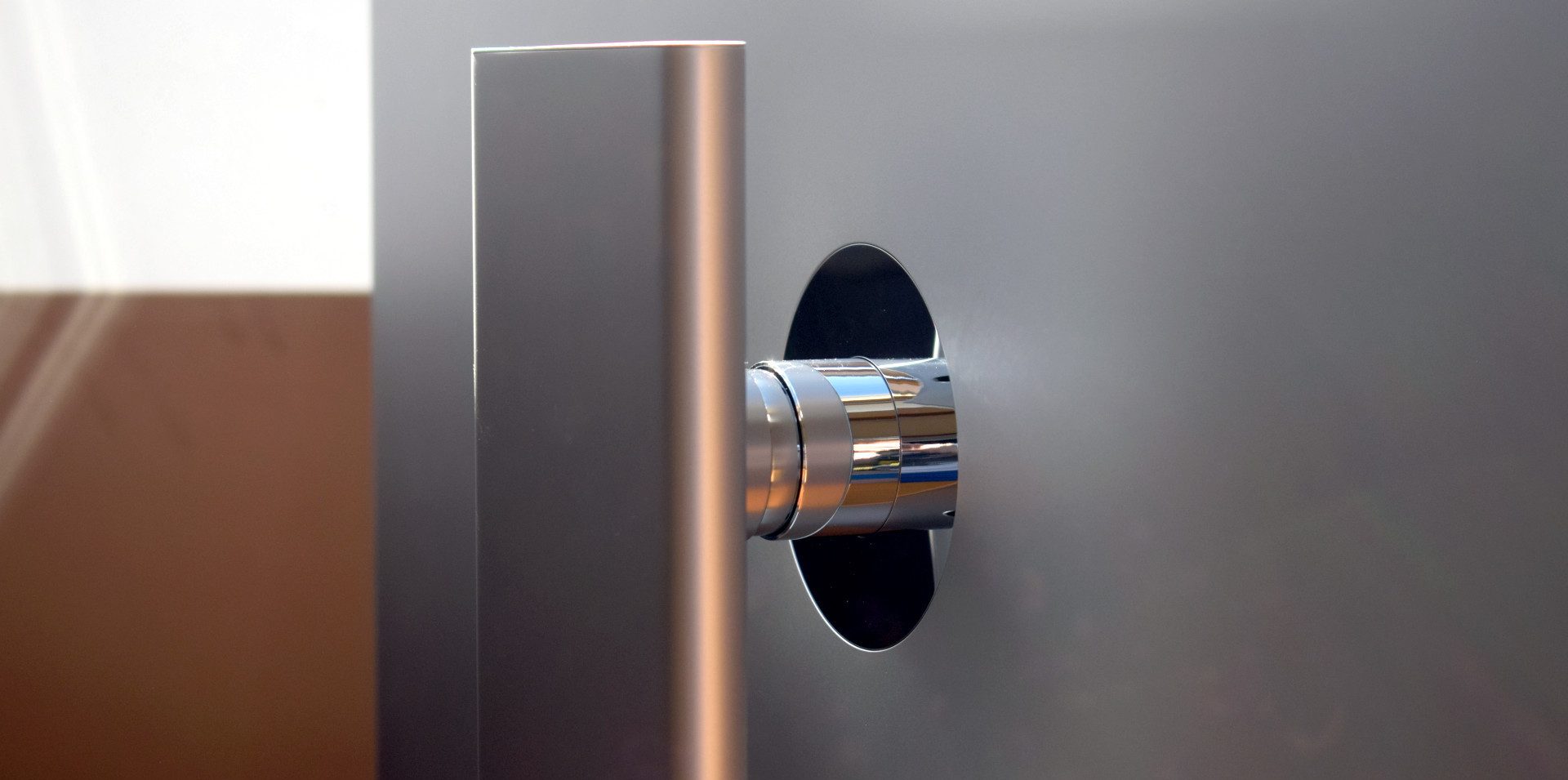
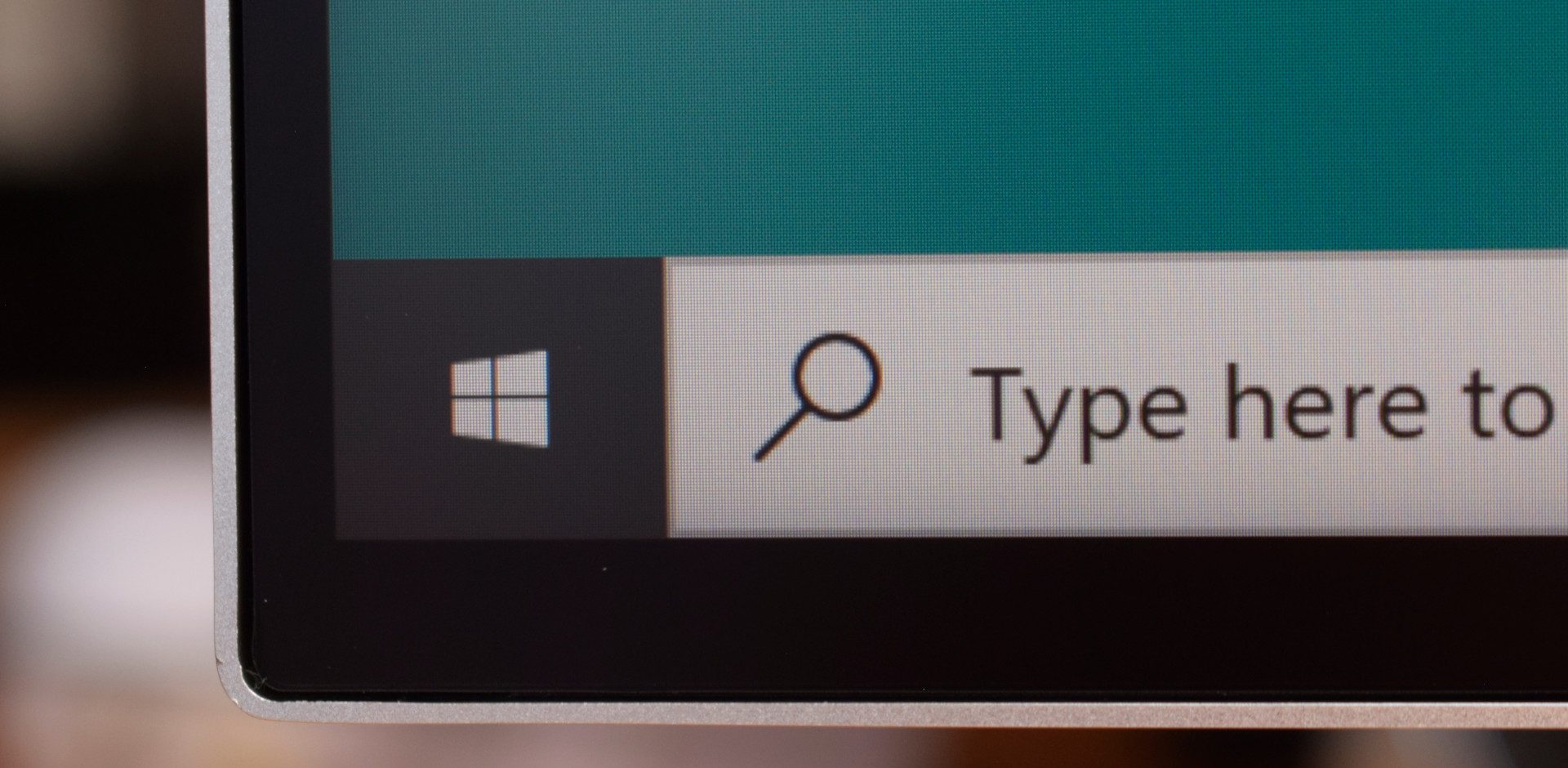
Huawei integrates a very effective height-adjustable mount into the monitor’s stand. The height is configurable all the way from just 7cm off the desk up to 18cm for a range of 11cm. Paired with a hinge that pivots from -5 to 18 degrees, you won’t struggle to find the perfect viewing setup on both sitting and standing desks.
The mounting setup offers enough resistance to avoid knocking the display out of place while still allowing you to adjust the desired height and tilt by hand when required. Overall, the design and stand are definitely two of this monitor’s strongest selling points.
2.What devices does the screen support?

Huawei has loaded the MateView up with all the standard ports. PCs can connect up via HMDI, Mini DisplayPort, or USB-C. These are found on the back, with the exception of USB-C connectivity. The USB-C port on the back is exclusively used for power, while the side USB-C port offers display functionality. The monitor’s rather uncommon 3,840 x 2,560 (3:2 4K) resolution is supported with all three of these connections but only USB-C and MiniDP will run at the full 60Hz. HDMI 2.0 is bandwidth limited to 50Hz at 3,840 x 2,560. There’s also no G-Sync or FreeSync support here, much to the disappointment of gamers no doubt.
Wireless projecting is supported with Windows PCs and laptops as well as a selection of newer Huawei smartphones. The latter gives you the option to run Huawei’s EMUI Desktop mode. Although this option feels a bit half-baked on its Android devices as EMUI doesn’t support the display’s full resolution. I was also capped at 3,240 x 2,160 when using the wireless display feature for PC and there is a noticeable amount of lag that makes using a mouse a pain. The MateView also supports DLNA casting for quick content playback.
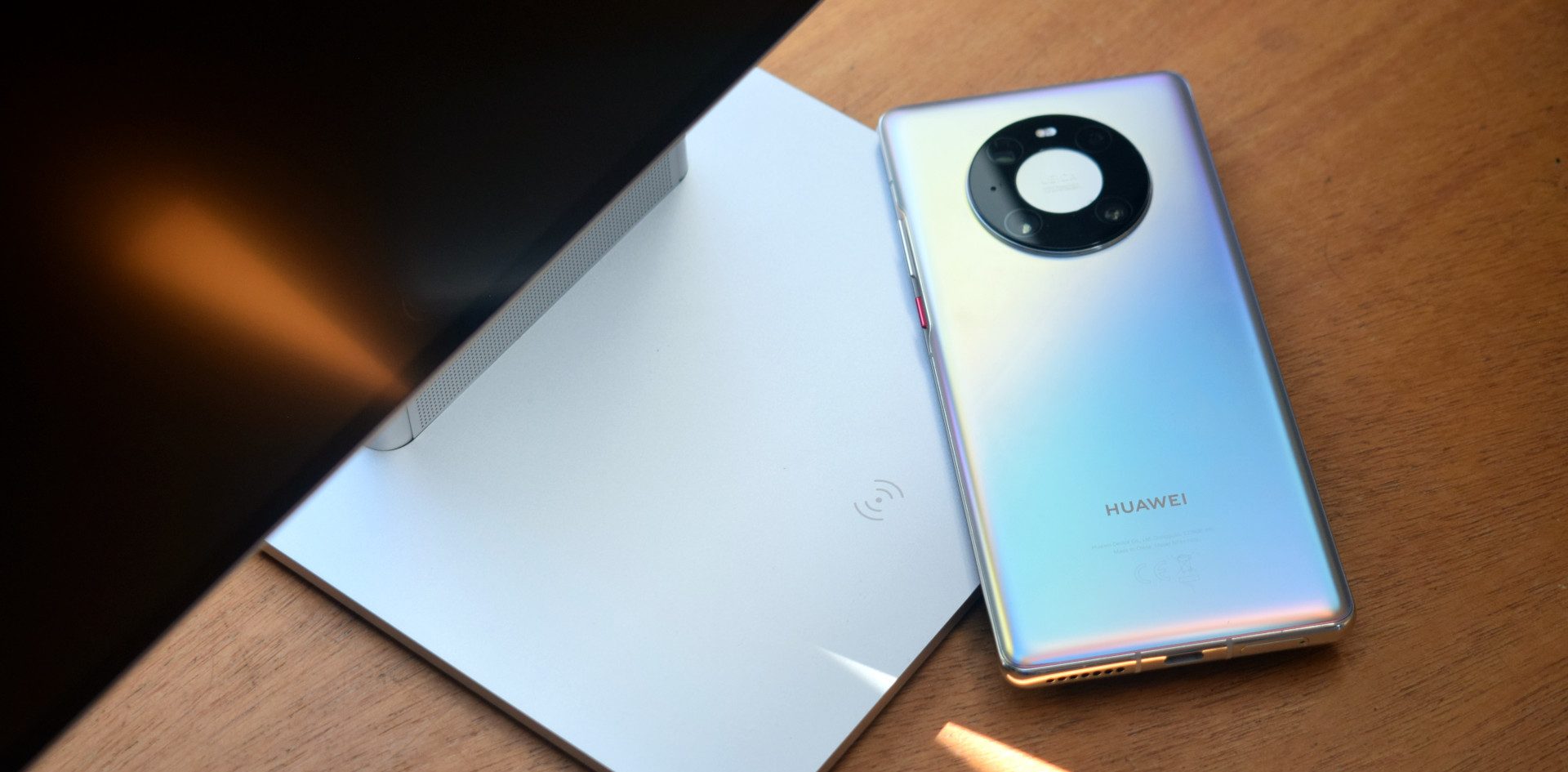
Huawei MateView is the undeniably well-designed monitor, both aesthetically and in terms of feature layout. I’m particularly fond of the integrated height adjustment mechanism and the 3:2 4K+ aspect ratio, which makes it ideal for an office setup. The Smart Bar is pretty neat too. I can take or leave the wireless display and Huawei share functionality, but some may find it useful.
The screen doesn’t offer much in the way of image configuration options either, so it might not be the best pick for those who want to fine-tune for the best picture quality. That said, it’s still a fine-looking LCD panel free from some of the more common problems of this display type.
All in all, I am impressed with the Huawei MateView. Huawei MateView is awesome! Bros, you guys can buy it without worries!

